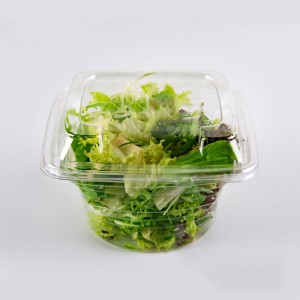Numerous reports industry associations agree that use of smart indicators will increase. There are a number of different indicators with different benefits for food producers, consumers and retailers.
Temperature recorders are used to monitor products shipped in a cold chain and to help validate the cold chain. Digital temperature data loggers measure and record the temperature history of food shipments. They sometimes have temperatures displayed on the indicator or have other output (lights, etc.): The data from a shipment can be downloaded (cable, RFID, etc.) to a computer for further analysis. These help identify if there has been temperature abuse of products and can help determine the remaining shelf life. They can also help determine the time of temperature extremes during shipment so corrective measures can be taken.
Time temperature indicators integrate the time and temperature experienced by the indicator and adjacent foods. Some use chemical reactions that result in a color change while others use the migration of a dye through a filter media. To the degree that these physical changes in the indicator match the degradation rate of the food, the indicator can help indicate probable food degradation.
Radio Frequency Identification is applied to food packages for supply chain control and has shown a significant benefit in allowing food producers and retailers create full real time visibility of their supply chain.
Plastic packaging being used is usually non-biodegradable due to possible interactions with the food. Also, biodegradable polymers often require special composting conditions to properly degrade. Normal sealed landfill conditions do not promote biodegradation. Biodegradable plastics includes biodegradable films and coatings synthesized from organic materials and microbial polymers. Some package materials are edible. For example, pharmaceuticals are sometimes in capsules made of gelatin, starch, potato or other materials. Newer bioplastics, films and products are being developed.
Barcodes have been used for decades in packaging many products. 2D barcodes used in Autocoding are increasingly applied to food packaging to ensure products are correctly packaged and date coded.
The ability of a package to fully empty or dispense a viscous food is somewhat dependent on the surface energy of the inner walls of the container. The use of superhydrophobic surfaces is useful but can be further improved by using new lubricant-impregnated surfaces.
